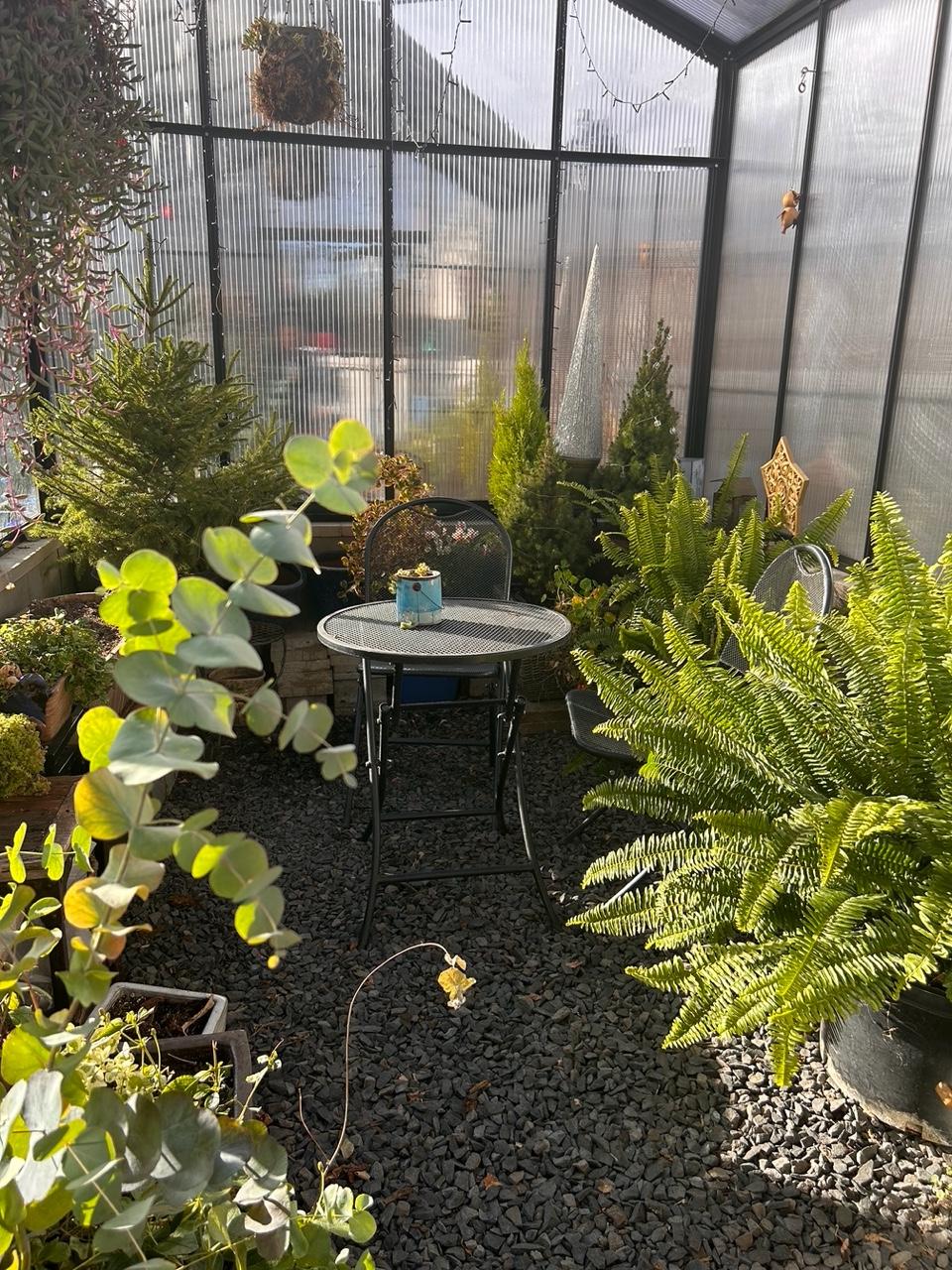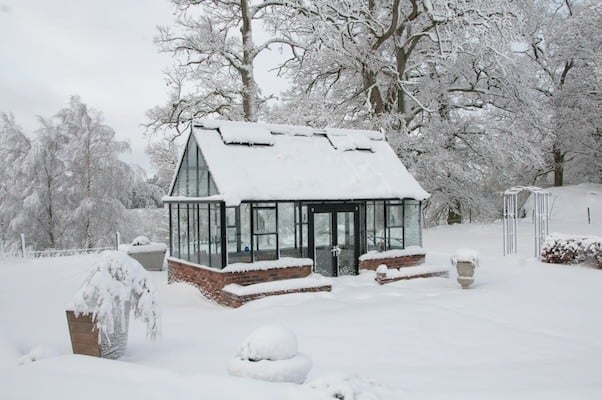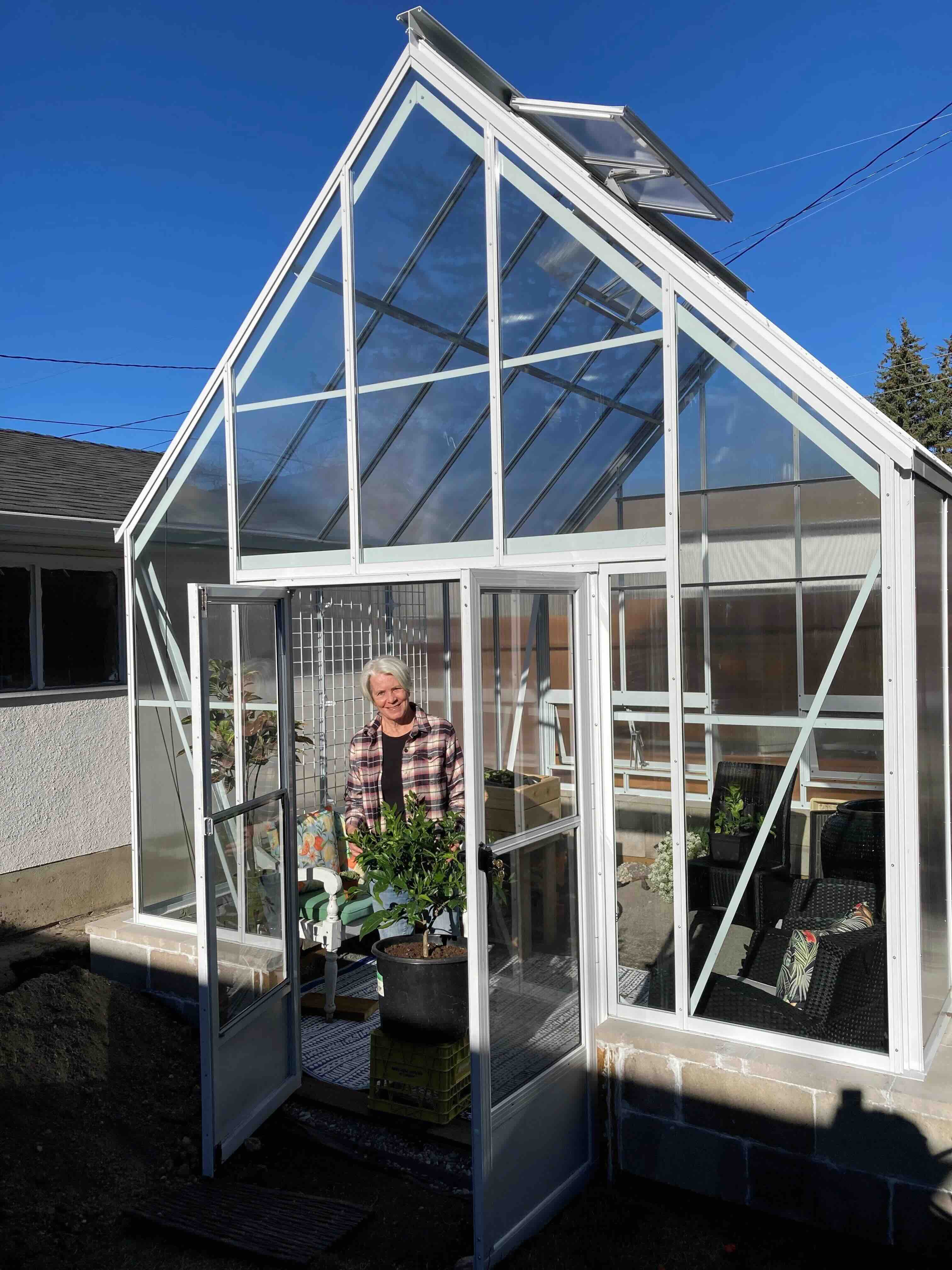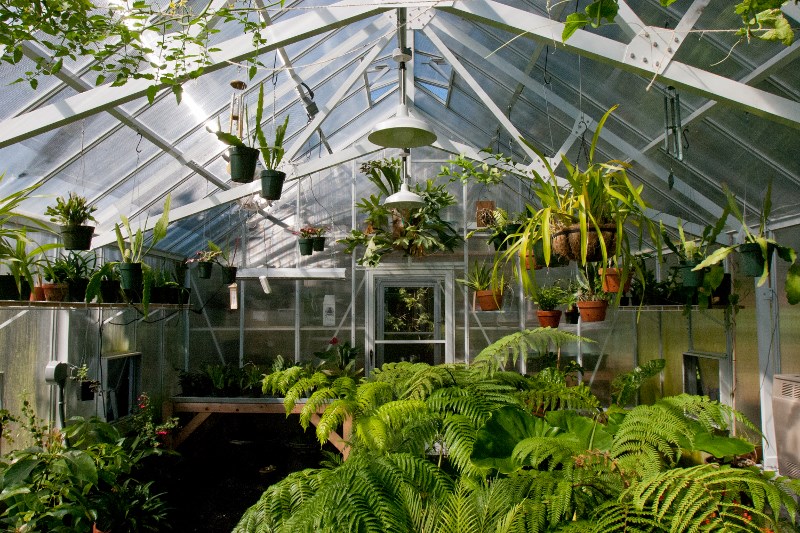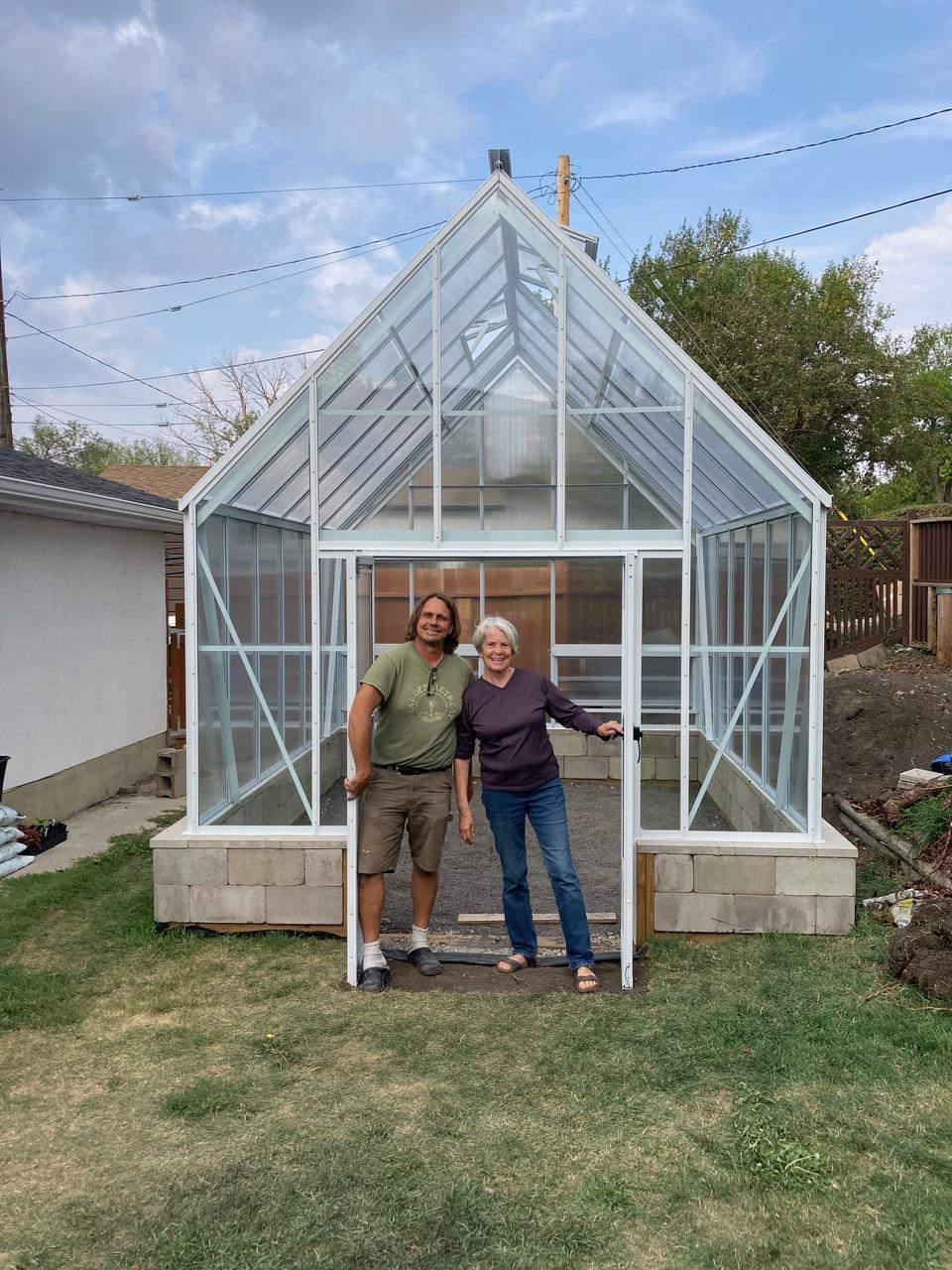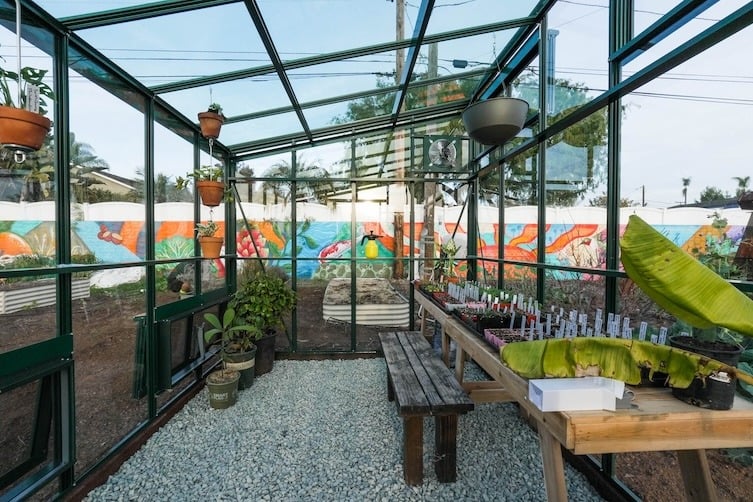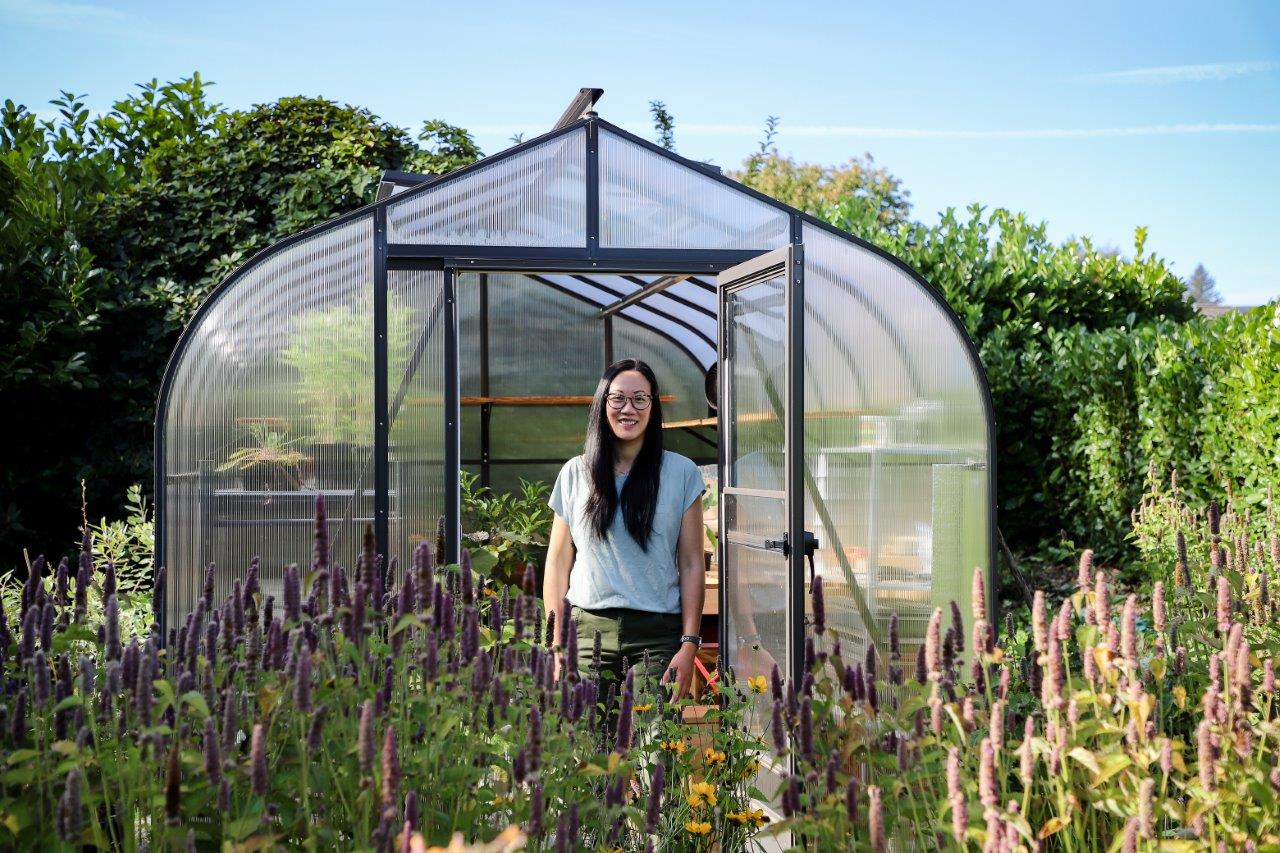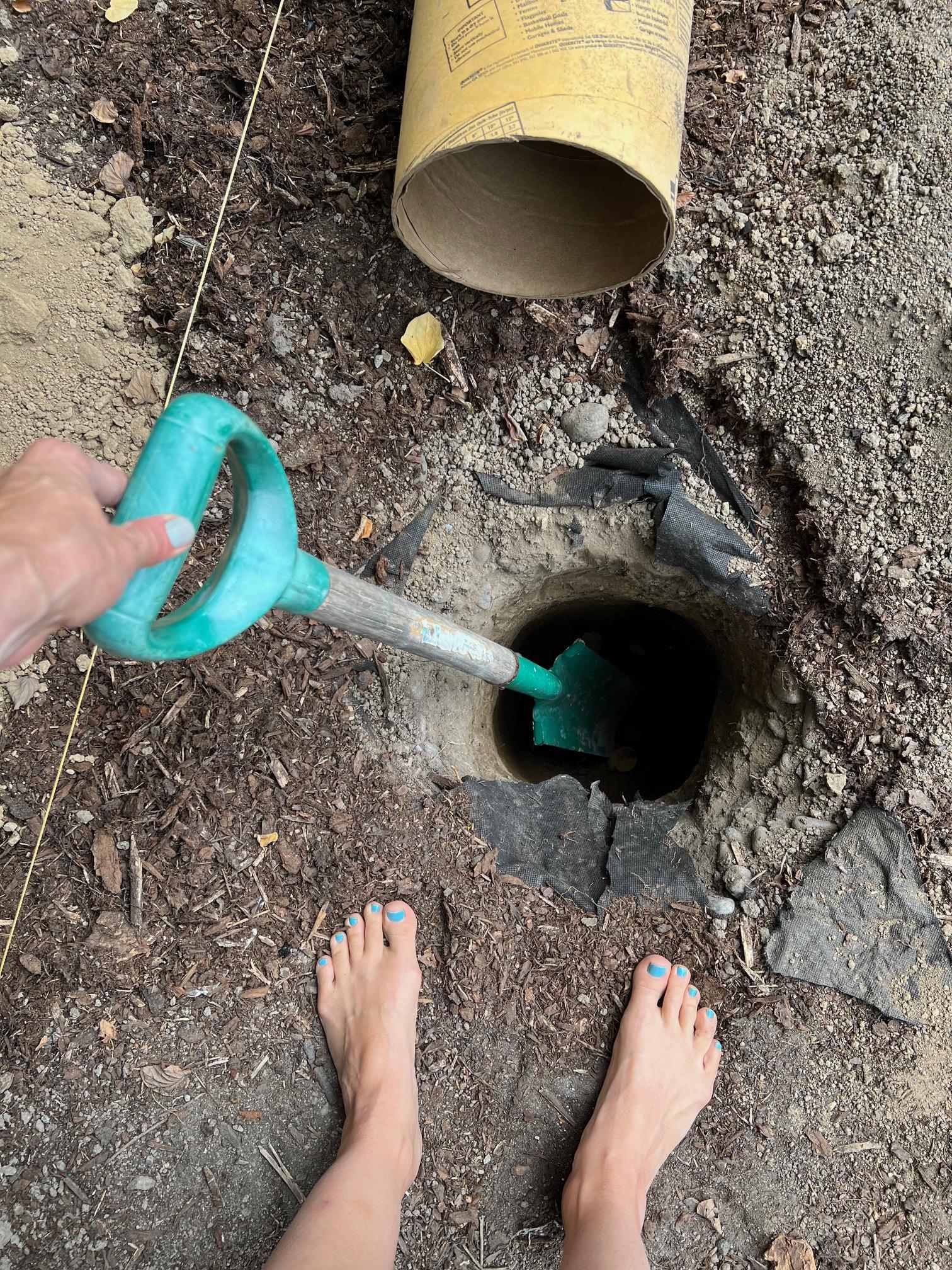Moving Day: Transforming My Greenhouse Dreams into Reality
Following the completion of my greenhouse construction, I had a new task at hand. Moving in!
I had been dreaming about making my greenhouse a greenhome since I put down the deposit on my Cottage model.
The process ended up taking up a bit more execution and planning than I had initially envisioned. There were many factors to consider and it helped to see the completed, enclosed space before starting the process.

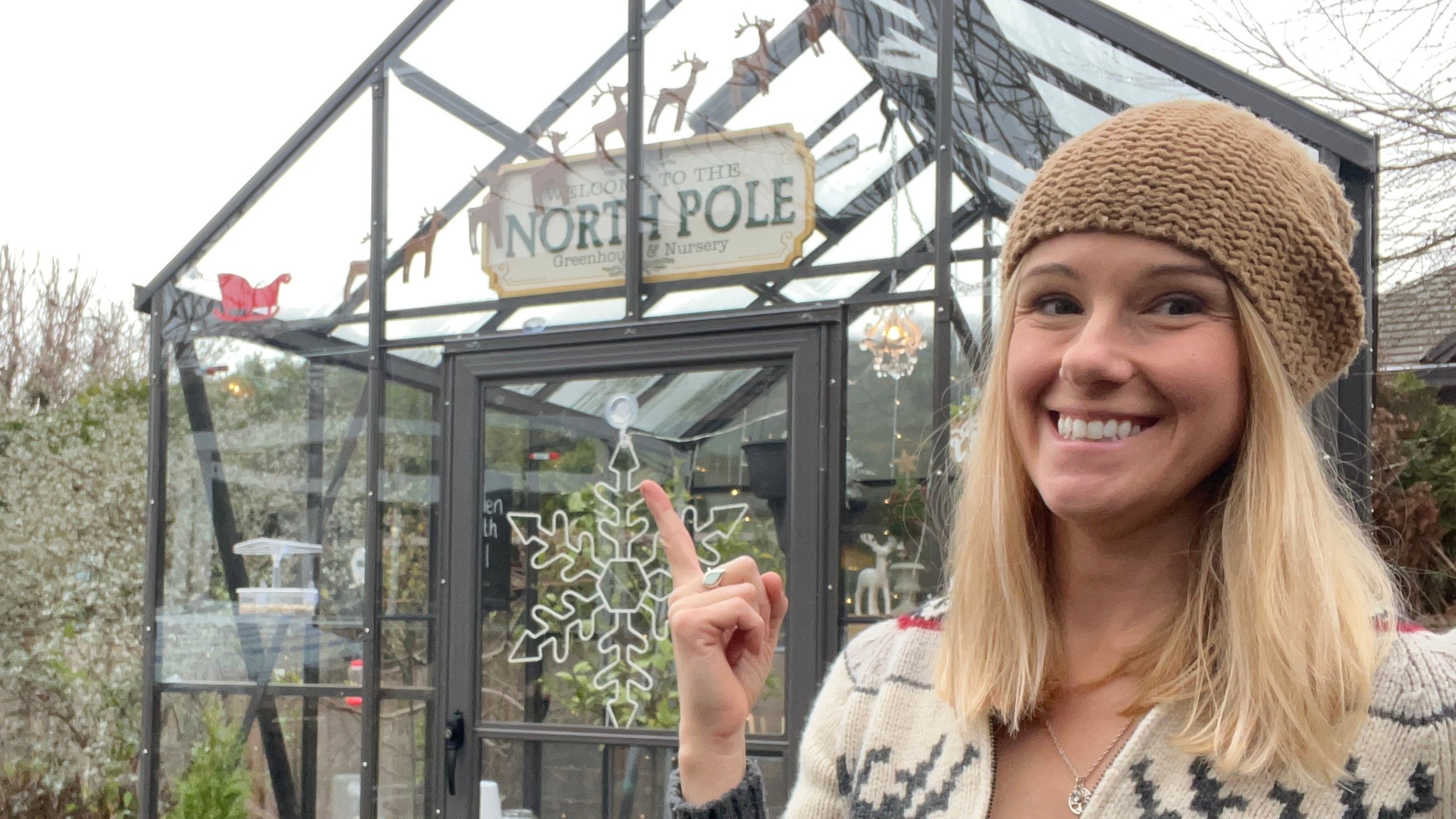
-Dec-01-2023-09-41-30-3859-PM.jpg)
